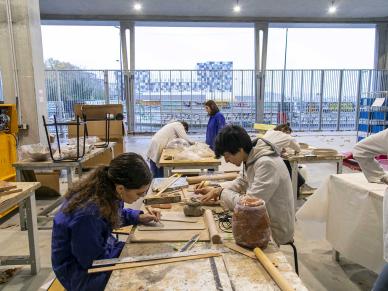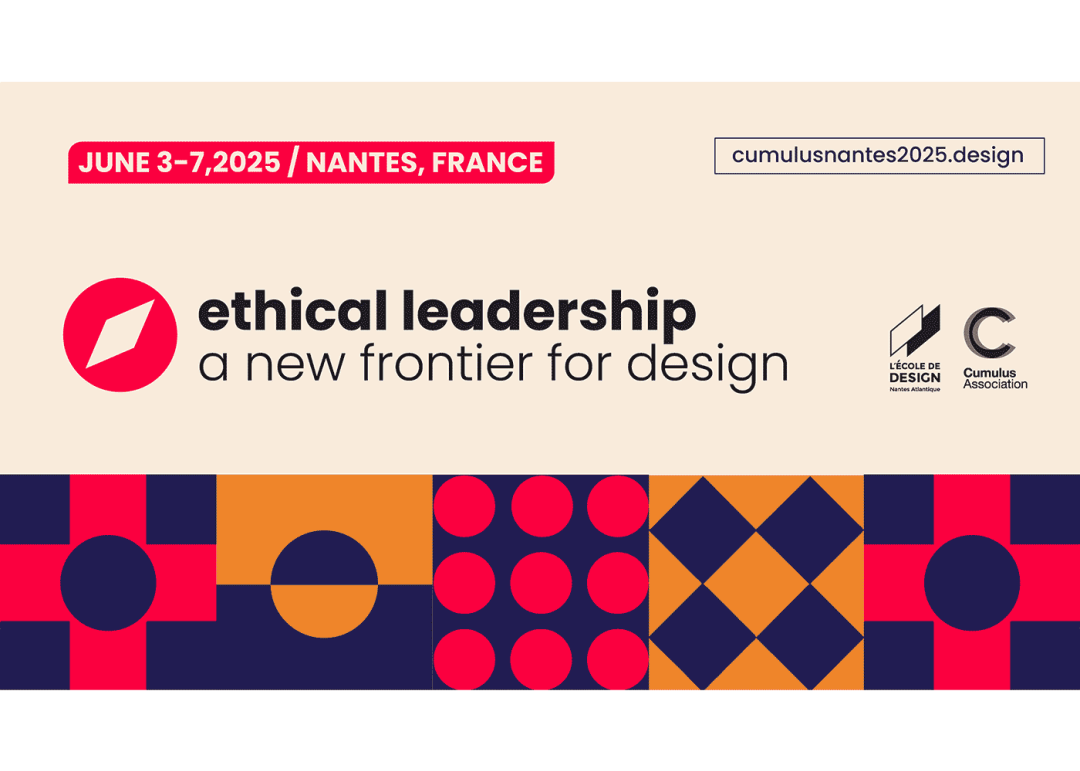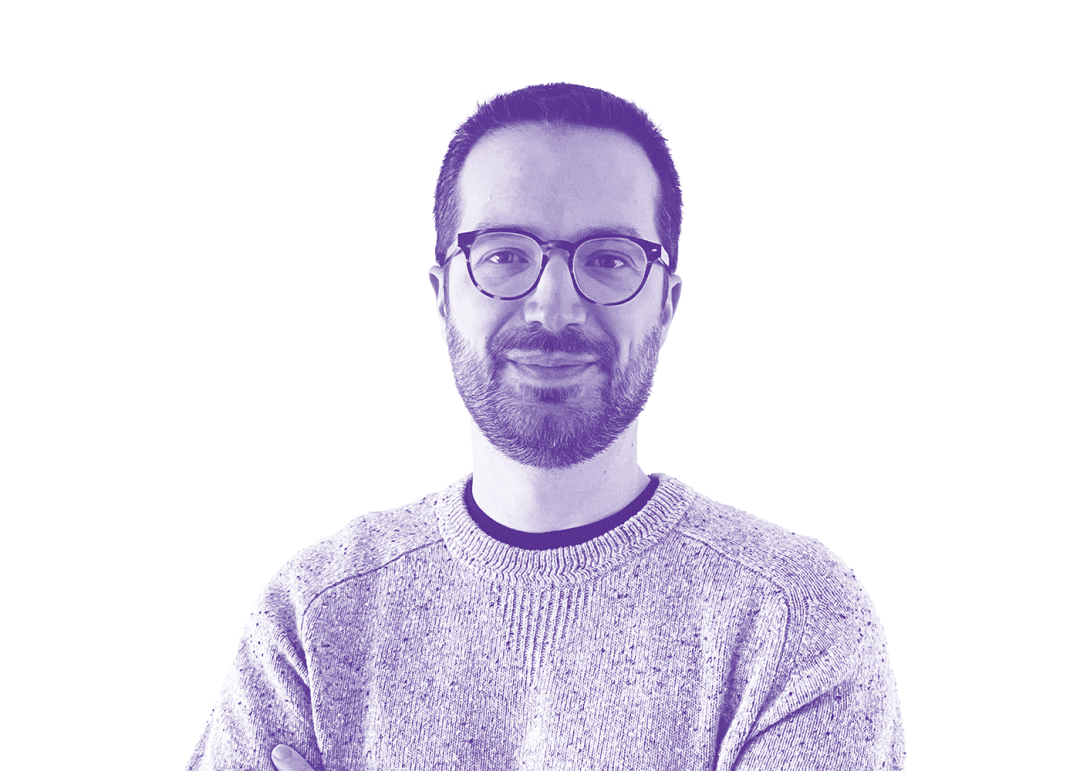Design to create
value and adapt to change
What's the point of design? The viewpoint of Antoine Besseyre Des Horts
Antoine Besseyre Des Horts is a VP at LIXIL Global Design. This alumni of the school now leads an international team in Asia. His mission is to provide creative direction to translate Lixil's brand strategies into culturally relevant consumer experiences. In this editorial from the publication ”All Designers", he shares with us his strategic vision of design.
"Design enables the company to project itself beyond what it can do to what it must do to ensure its long-term survival."

In view of frequent and rapid societal, technological and economic changes, consumer goods companies must constantly find a way to enhance their offering or offer something radically new in order to remain competitive. This is where design, as a form of creativity at the service of strategy, becomes a real competitive lever for the company.
With its focus on the user's needs and desires, it helps to bring balance and make discussions more rational and analytical during the new product development process, and thus helps the company to see beyond what it knows how to do and what is in its interest, to ensure the relevance of its offering and hence its adoption by consumers.
Integrating and elevating design to the status of a strategic function enables it o play a decisive role in increasing brand equity and in efforts to differentiate and innovate, which are essential vectors for a company's short- and long-term commercial success.
Design is capable of making a brand's promise tangible by formalizing the experience consumers have with it through the various points of interaction, from product to packaging to store environment and communication tools. By creating a coherent, engaging experience, design can radically influence consumers' perception of a brand, and thus their propensity to choose that brand's offering over that of a competitor.
When it comes to differentiation, design can use its methods to make connections between strategy, company resources and know-how, brand positioning, user data and observed trends. Design then allows the use of tools and techniques to transform these connections into concrete ideas for new, differentiated and desirable products. It then collaborates with the company's other departments to bring these ideas to life while ensuring their feasibility and viability.
Finally, a company must constantly reflect on potential changes that could affect the future market, and thus invest in innovation to prevent any disruption by an existing or new competitor.
By creating tangible representations of its opportunities using its methods and tools, design enables the company to project itself beyond what it can do to what it must do to ensure its long-term survival.
This editorial is an extract from the "All Designers" publication proposed by the school to highlight the inspiring careers of 18 alumni and discover their vision of design in the face of technological, environmental and societal challenges.
Discover on this site the career paths of :
- Kevin Condette, Customer solutions architect
- Noémie Guirbert, Directrice retail & services
- Delphine Bagnol, food and services designer
- Batia Bertho, UX researcher

How to combine creativity and strategy to support the transformation of businesses and society

tomorrow's world
L'École de design Nantes Atlantique trains professionals in innovation who are in touch with real life and who must imagine the world of tomorrow in order to design its uses today.
News







